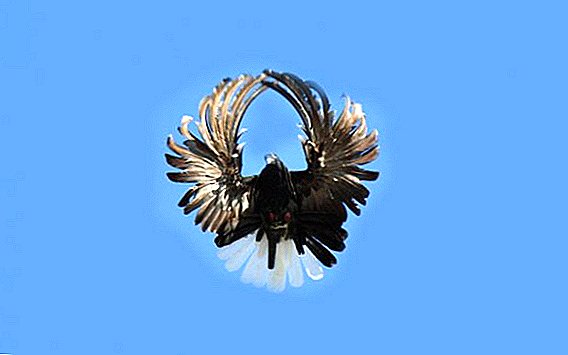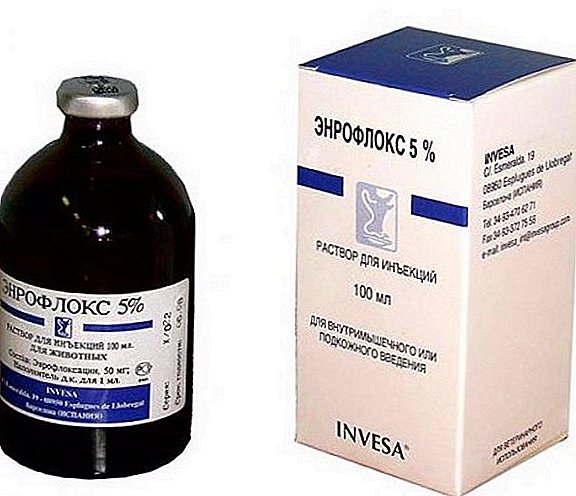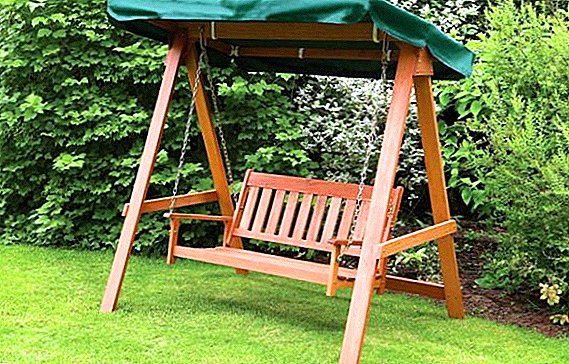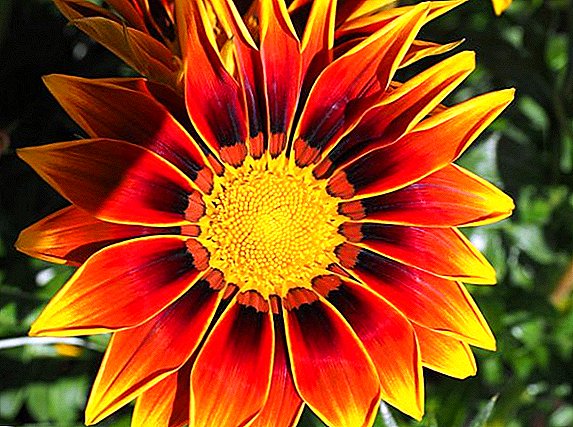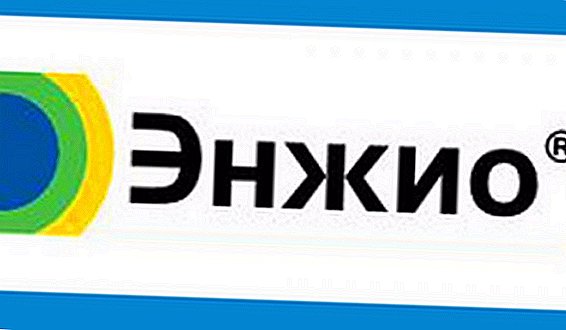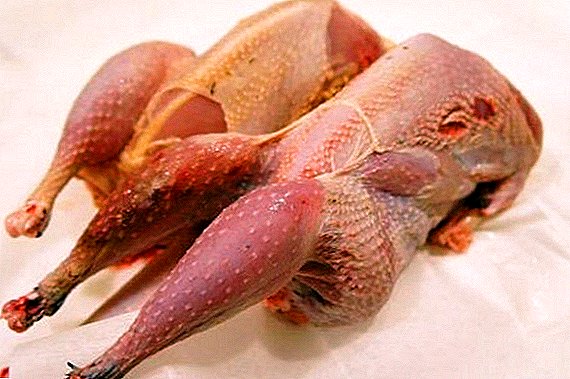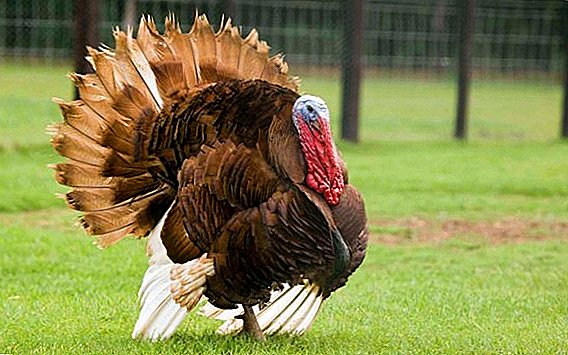 If you keep birds in your compound, sooner or later there comes a moment of slaughter for your needs or for sale. If you are new to this business, in practice there will be many more questions than you might think at first glance. For example, the main stages after slaughtering are plucking and gutting. It is very important to make these procedures right, because the quality of meat, down, the presentation of the carcass will depend on the performance.
If you keep birds in your compound, sooner or later there comes a moment of slaughter for your needs or for sale. If you are new to this business, in practice there will be many more questions than you might think at first glance. For example, the main stages after slaughtering are plucking and gutting. It is very important to make these procedures right, because the quality of meat, down, the presentation of the carcass will depend on the performance.
When is it better to start plucking
You can pluck the carcass as immediately after the slaughter, and after some time. The choice of method will depend on some factors: the method of slaughter, the number of birds for slaughter. For example, in a mass slaughter, it is simply not physically possible to make plucking right away.
Important! If the bird was slaughtered in the mind, its muscle tone is very high, respectively, the removal of feathers will be much more difficult.
When using dry plucking, the procedure should be carried out immediately after decapitation, while the carcass is still warm. However, many experienced poultry farmers prefer to remove the plumage not immediately, but 2-3 hours after the beheading. 
How can you pluck a turkey
There are many methods of plucking, the choice of a particular type depends on the presence or absence of special means for removing feathers, on the time interval between slaughter and plucking, on the purpose of using fluff, on the need to preserve a beautiful presentation.
Poultry farmers should be familiar with all the subtleties of breeding turkeys in the household.
All methods of plucking can be divided into such:
- manual methods (dry method, cold method, scalding method);
- with the use of special perogamers;
- using available tools and appliances (iron, gauze or cotton fabric).
Dry plucking
This is one of the most common, simple and proven methods, carried out directly after the decapitation of the bird. You can remove feathers with bare hands or tweezers (even pliers may be required for extra thick feathers).
Advantages of the method:
- does not require the use of special devices;
- pen quality is maintained for later use;
- the skin of the carcass does not undergo changes, and thus preserves the presentation;
- on a warm carcass, feathers and down are pulled out with little effort and skin damage;
- the bird has a longer shelf life.
 Disadvantages:
Disadvantages:
- if the poultry farmer is inexperienced, the skin may be injured, which means that the carcass will lose its presentation;
- dry fluff can scatter (which is especially bad if you are going to use it in the future);
- the procedure is quite long, for the application of the method with a large number of carcasses will require several people.
Dry plucking technology:
- The headless bird should be placed on the knees for ease of plucking.
- First, it is necessary to treat areas with coarser and thicker feathers — the tail section and the wings.
- Next, you need to move to less complex areas - the back and sides.
- After plucking the belly to goiter.
- In the final turn, the plumage is removed from the neck. So that small feathers and down do not fly apart, they can be slightly moistened with a spray bottle.
- To remove the remnants of fluff, you can use a blunt knife or singe over the gas stove (for each section, no more than 3 seconds are enough).
- In conclusion, the bird should be washed with water.
Important! It is very important to remove large feathers in the direction of growth, otherwise skin damage and hemorrhage are inevitable, in the case of small feathers this rule is not necessary to follow. To maintain the integrity of the skin thick and coarse feathers need to pull out 1-2 pieces.
Very similar to dry plucking is the cold plucking method. The technology of plumage removal is similar, but before the procedure the carcass is specially cooled for several hours. During this time, the subcutaneous fat is compacted, and the feathers are removed much easier without damaging the skin. This method is convenient to use if plucking is not possible immediately. 
Pluck after a dressing
Scalding carcass is another very ancient popular plumage removal method.
Advantages of the method:
- even the roughest feathers and hemp can be easily removed from steamed skin;
- wet down does not fly apart;
- the method is convenient for the slaughter of a large number of heads;
- The procedure is quick in time.
It will probably be useful for you to learn the necessary conditions for growing turkey poults in the incubator and the features of the incubation of turkey eggs.
Cons method:
- when scalding, the carcass has a short shelf life, so it needs to be prepared as quickly as possible;
- if the bird is scalded in water of higher temperature or boiling water, the skin will burst, and plucking will become very problematic;
- with carelessness or inexperience, you can get burned;
- feathery skin changes shade and loses its presentation;
- for successful plucking, skill and skills are needed;
- the quality of down is spoiled.
 Turtling caulk before plucking Technology:
Turtling caulk before plucking Technology:
- Heat the water to 75-80 ° C and prepare containers for dipping the bird. Up to 10 liters of water will be required per individual. With a large number of carcasses, you need to monitor the temperature of the water and keep it at a specified level.
- The bird is immersed in water for 40-60 seconds.
- Feathers are removed from the carcass as quickly as possible while it is still hot. First, coarse feathers are extracted, then small and down. Need to pull out also in the direction of growth.
- Scorching above the stove is also used to remove fine fluff.

With iron
Many poultry farmers hear about this method for the first time, because it may seem outlandish to them. However, removing feathers with an iron is very easy and quick. For the procedure will need:
- iron with steam function;
- pump;
- rope;
- piece of gauze or fabric size 70 * 70 cm;
- cold water tank.
Did you know? As an adult, the body of a turkey is covered with feathers in the amount of 5000-6000 pieces!
Technology of:
- The pump needs to be inserted under the skin near the throat and pumped up until the feathers are on the finish. Pumping the carcass is dangerous, as the skin may burst. Next, the bird's throat must be tied up so that the air does not go out.
- The iron must be well warmed up, moisten with a piece of cloth or gauze with water and apply to the carcass.
- Next you need to turn on the steam function and iron the entire area of the body. As the drying section of the tissue should be moistened.
- When the skin is well parted, you can begin to remove feathers, starting with the roughest.
 Advantages of the method:
Advantages of the method:
- feathers do not fly away, remain clean;
- the procedure can be performed later after slaughter;
- The method is suitable for a large number of carcasses.
- need a modern iron with steam function;
- such a method is more traumatic than the previous two;
- after such a method of plucking, the carcass loses its presentation as the skin changes color.
Read about how to distinguish a turkey from a turkey, as well as how much weight a turkey has and an adult turkey.
Using a special nozzle
Another way to remove feathers by using special tools. These can be either attachments (convenient for a single procedure) or perosable machines (if you have to nip a bird often and in large quantities).  In most cases, it is the nozzle that is used on small households. You can use it with different household tools: a drill, a screwdriver, a perforator, a grinding machine, or any other device equipped with a rotating mechanism. Externally, it looks like a shaft, on which are mounted "fingers" of rubber or rubber.
In most cases, it is the nozzle that is used on small households. You can use it with different household tools: a drill, a screwdriver, a perforator, a grinding machine, or any other device equipped with a rotating mechanism. Externally, it looks like a shaft, on which are mounted "fingers" of rubber or rubber.
In the process of rotation, "fingers" knock feathers out of the skin. These devices can be ordered online or in special shops for poultry.
Did you know? The biggest turkey was cooked in 1989. The bird weighed almost 40 kg!
Pluses of use of a nozzle:
- the plucking procedure takes about 3-4 minutes instead of 30 minutes;
- no need to scald a bird;
- the presentation of the carcass remains as there is no damage to the skin;
 Disadvantages of the procedure:
Disadvantages of the procedure:- need to invest in the device (nozzle will cost about 2-3 thousand rubles.);
- in the absence of skills, you can break the skin;
- unable to save feathers;
- in the process of work, feathers and feathers fly away.
Learn also how to pluck chicken, duck and goose with the nozzle.
Rules and technology for removing feathers nozzle:
- The carcass must not be wetted before processing, the feather cover must remain dry. It is desirable to remove especially large feathers manually one by one before switching on the device.
- The nozzle needs to be put on the appliance and securely fastened.
- Turn on the device, bring it to the bird at such a distance that the "fingers" do not tear the skin (depending on the characteristics and size of the nozzle).
- Alternately treat all areas of the body.
- At the end you need to wash the carcass.

Gutting procedure
After removing the feathers and scorching the carcass must be gutted. It is convenient to do on the table, covered with oilcloth.
- Gutting can be complete - the insides are removed from the carcass, the neck and paws are cut off. With this method, the bird can be stored longer. Usually, full gutting is applied to young individuals with a dietary tender meat - they are baked in the whole form.
- In the case of incomplete gutting, the entrails are removed, the belly is washed, and the organs are placed back, the carcass can be stored in the refrigerator for up to 4 days. Usually this method of gutting is used for older individuals with harder meat - it is used to prepare minced meat, soup kits.
Important! When gutting the carcass, you should not try to touch the intestines or the spleen. If their content flows into the carcass cavity, the meat is instantly soaked with waste, it becomes bitter and acquires a specific unpleasant odor.
For gutting need these tools:
- sharp knife;
- special plug for the extraction of viscera;
- kitchen scissors.
 The technology of full dressing:
The technology of full dressing:
- It is necessary to grope the 2nd cervical vertebra and in this place cut off the head.
- With a well-sharpened knife, you need to open the bird's belly along the ribs to the sphincter.
- The anus is cut, the intestine, goiter and esophagus are removed with a cutting fork.
- Last of all, all other internal organs are removed: heart, spleen, liver, kidneys, etc.
- At the level of the joints paws are cut off.
- The cavity and the top of the carcass are thoroughly washed with water.
Consider in more detail the most popular turkey crosses, as well as the peculiarities of the content of such breeds of turkeys as black Tikhoretskaya, Uzbek fawn, white and bronze wide-breasted.
To carry out the proper plucking of a turkey carcass requires some experience and skill. Only in a practical way you will be able to find out which method of removing feathers is most convenient for you. The choice of one or another method of plucking should be made based on your skills, the number of birds, etc. In order to simplify this procedure as much as possible, you can purchase a special nozzle.




